
NASA's Perseverance rover descends to touch down on Mars in a still image from a video camera aboard
Credit: NASA/REUTERS
Nasa’s Perseverance is now having a well earned nap after its 292.5 million-mile journey before beginning one of the most comprehensive research missions on the red planet.
The rover’s impeccable landing on Mars was just a snapshot of things to come as the mission prepares to complete a list of firsts, including a helicopter flight in space.
But this will have to wait while Nasa’s experts get the rover settled into its new home.
Over a period of around four days Perseverance’s communication system and power will be stabilised before it switches over to a Mars-ready software, which is already installed.
"We’re also doing other health checks of other instruments," Jennifer Trospe, Mars 2020 deputy project manager, said following the landing.
Perseverance’s head like mast deploys soon after and its MastCam-Z camera system will take its first colour photos — possibly including a panoramic ‘selfie’.
After the rover has ‘woken up’ another four days later it will take its first drive of five metres backwards and forwards.
By Feb 22 the Mars 2020 team hopes to have high-definition video of Perseverance’s entry and descent ready for viewing.
The data beamed back to earth could include the first sound recorded on Mars.
Travelling companion Ingenuity, set to be the first helicopter to fly on Mars, checked in soon after Perseverance landed.
First flight on Mars
"Ingenuity, the Mars Helicopter I carry, is working as expected,” a tweet from Perseverance’s Twitter account said.
“I’m currently charging it, but once I set it down, it’ll rely solely on its solar panels. If it survives the brutally cold Martian nights, the team will attempt flight.”
Once the rover has made it to a Martian helipad — a flat, open spot ready to take the 1.8 kilogram machine — the helicopter will drop from underneath Perseverance.
Ingenuity will then be on its own. The helicopter must brave Mars’ freezing nights, where temperatures can drop to -90C, and retain good battery health before it attempts any flights.
Five tests are planned over a 31 day period and the first historic flight will be just twenty seconds long.


















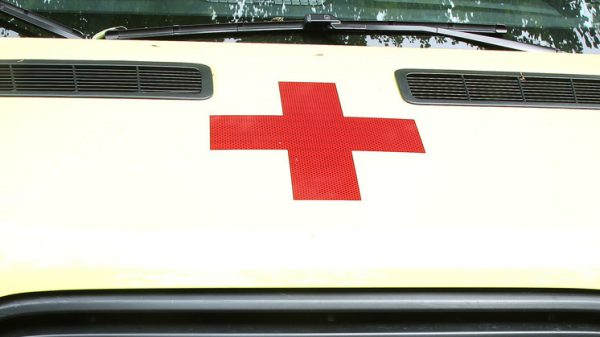
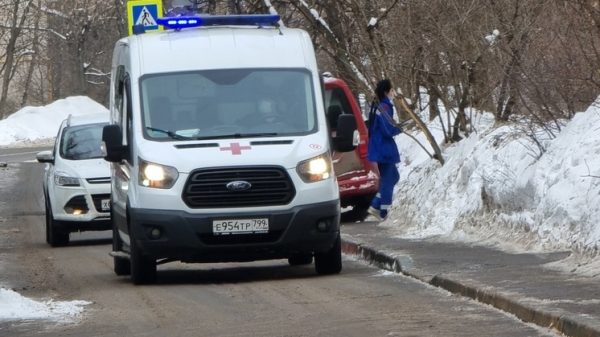

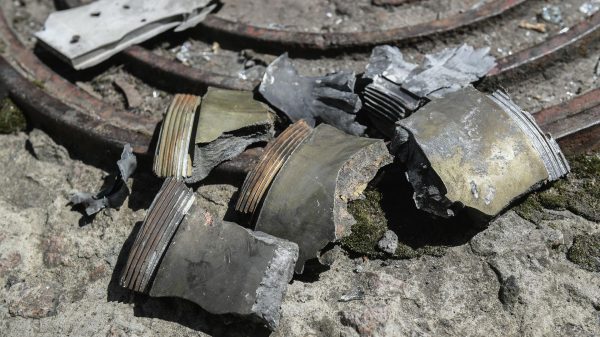
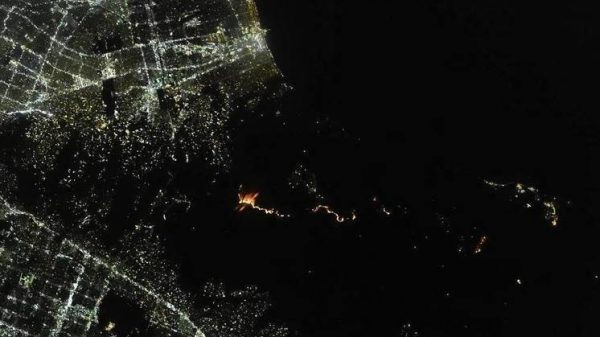




















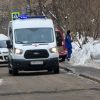


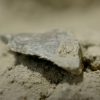



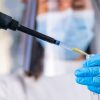
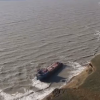










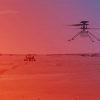

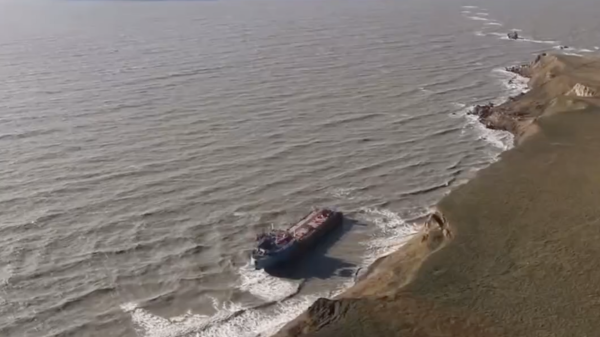
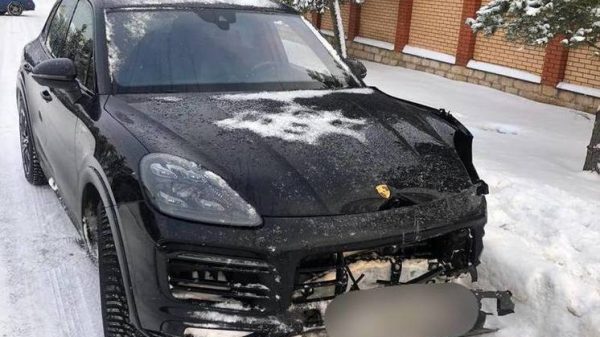

Свежие комментарии